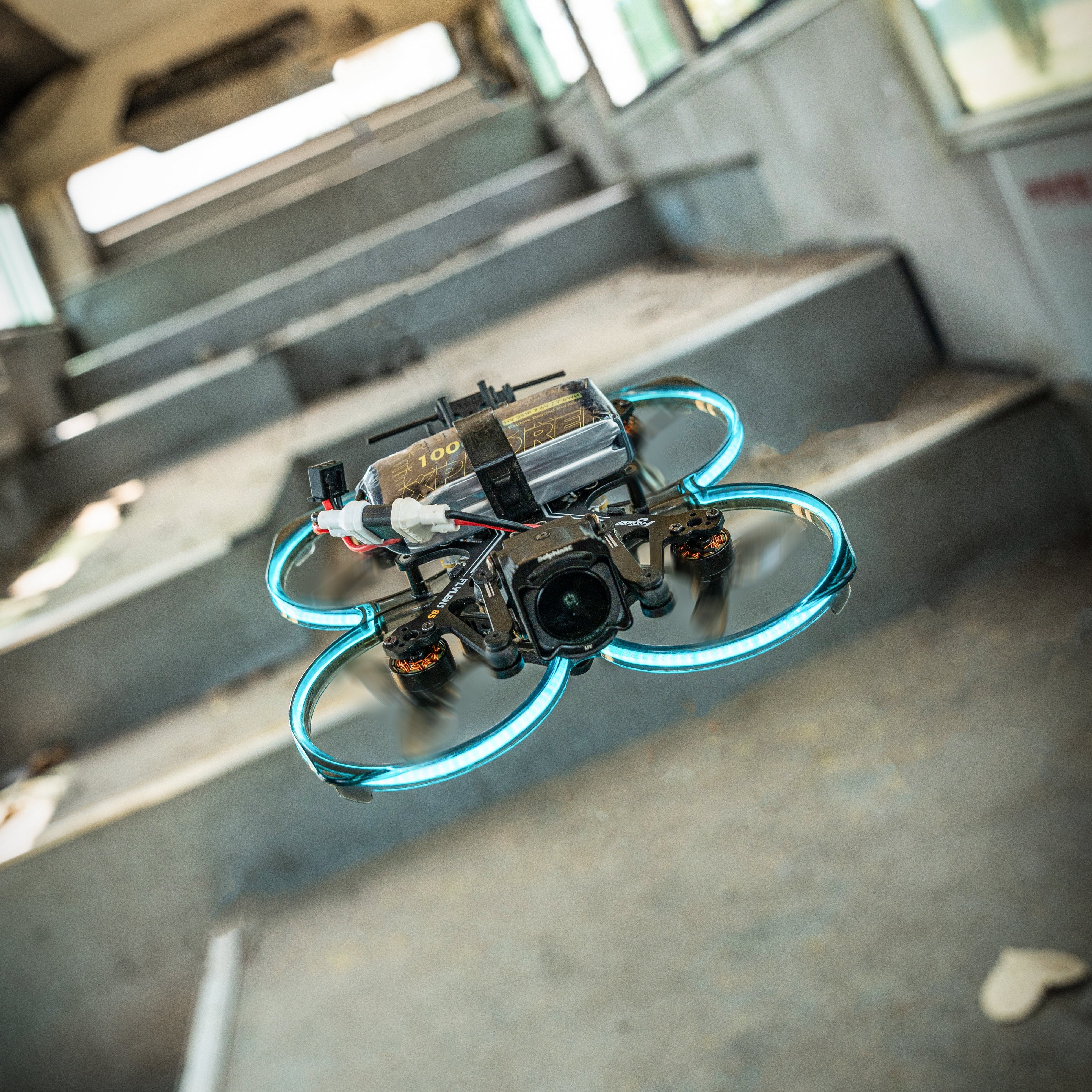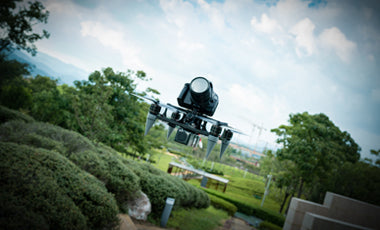-
Safety of the Agricultural Drone
-
Before operating the drone, inspect the body parts to check for damage or any mismatches. If any issues are found, eliminate the potential hazards in a timely manner to prevent accidents.
-
Before operating the drone, check the drone arm for stability and ensure that the propeller direction is correct. If any issues are found, eliminate the potential hazards in a timely manner to prevent accidents.
-
During takeoff and landing of the drone, select a flat and open area to prevent damage to the drone caused by uneven terrain.
-
When planning the field layout, carefully observe the obstacles within and around the field, measure the obstacles, and avoid collisions between the agricultural drone and obstacles.
-
Safety of the Operator
The drone operator must have the appropriate operating certification; otherwise, they should not operate the drone.
-
The drone operator must wear protective equipment to avoid inhaling excessive amounts of pesticides, which could be harmful to their health.
-
The drone operator must ensure the proper functioning of the drone to prevent damage to themselves, others, the drone, or the crops caused by mechanical issues.
-
Do not mix pesticides in enclosed spaces or downwind conditions, as this could cause toxic exposure.
-
Safety of the Public
-
Do not allow the public to approach the drone while it is idle to prevent accidents.
-
During drone operation, do not allow individuals to remain in the field to avoid harm caused by pesticides or the drone.
-
During drone operation, maintain a safety distance of more than 5 meters between the operator and the public to prevent accidents.
-
Safety of the Crops
-
Before operating the drone, the operator must check the flow rate, nozzle blockages, spray nozzle atomization, and the signal status of the drone.
-
During drone operation, strictly control the flight path and weather conditions to avoid pesticide damage caused by overspray.
-
During drone operation, ensure that the water spray is applied as required to avoid pesticide damage caused by excessive concentration.
-
Pay attention to weather conditions:
4.1 Do not operate the drone in temperatures exceeding 35°C to avoid heat damage and evaporation of the pesticide.
4.2 Do not operate the drone in temperatures below 10°C to avoid low-temperature pesticide damage caused by the pesticide remaining on the surface of the plants for an extended period.
4.3 Do not operate the drone in winds above level 3 to prevent drift damage and waste of the pesticide.
4.4 Do not operate the drone within 8 hours of rainfall to avoid wasting pesticide by being washed away by rainwater.
- Safety of Surrounding Crops
Pay attention to weather conditions to avoid drift damage caused by excessive wind during drone operation.





Leave a comment